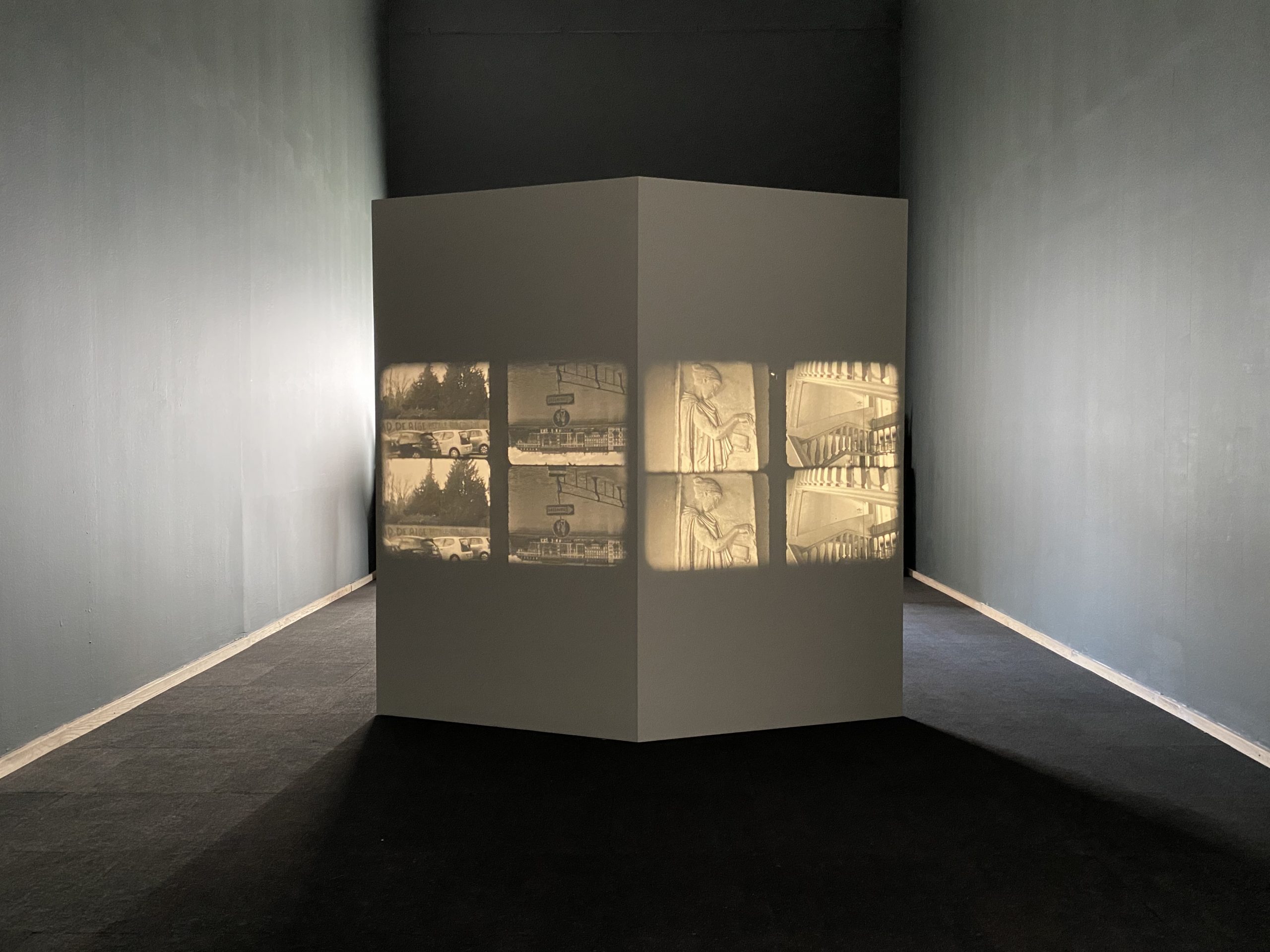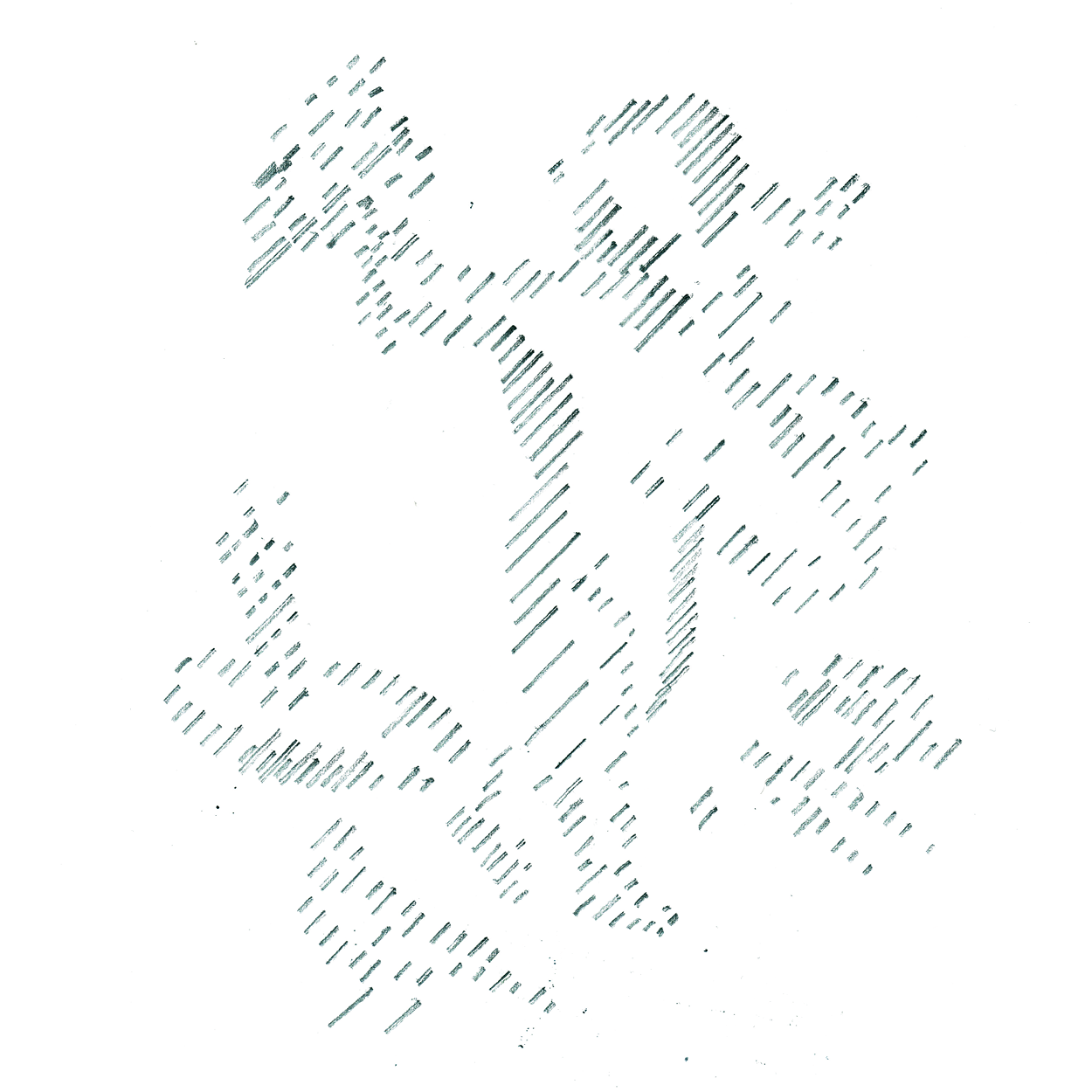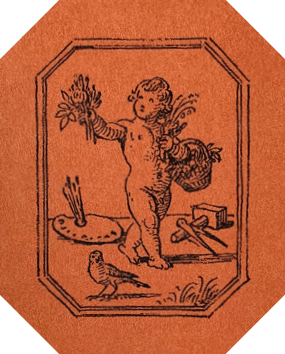SOLO EXHIBITOR 2021

Photo Anne Thomasen
Solo exhibitor Niels Østergaard Munk
Right after the war, I was sure I could find the place.
How is time contrived and how do human stories move through it? What impact does the film medium have on our perception of times, places and stories? And how does media affect our memory and remind our history?
This year's solo exhibitor, Niels Østergaard Munk, participates in the film installation Right after the war, I was sure that I could find the place. The work depicts the couple Ib and Helle, who studied at the Royal Danish Academy of Fine Arts during the occupation and were strongly committed to the resistance. Ib Mogens Bech Christensen was a pacifist and conscientious objector and had over the thirties looked with great concern at what was going on around Europe. Through the resistance work established around Bizzie Høyer's preparatory painting school, he met Helle Monies. Together, during 1943 they formed their own group, the 1944 group. In the spring of the following year, Ib and Helle became aware that they were expecting a child, and they married in Sweden the day after Ib's 25th birthday. A month later, Ib was killed in a shootout with German police a week and a half before the liberation. Helle remained in exile in Sweden until liberation, which was the worst day of her life; while the whole country cheered, she was told of Ib's death. Three months later, on peace day on August 15, when Japan finally surrendered and the world war officially ended, Helle gave birth to a baby girl. She was named Lone, who was Helle's alias during the occupation.
The clearly media-conscious work consists of double 8mm film, a mid-1930s film technique using a 16mm film in an 8mm camera. The technique was invented to make a smaller film roll, so that instead of making the roller 8 meters longer, you could only make it 8 millimeters wider. Rather than splitting the film lengthwise, as is usually done, Østergaard Munk has chosen to keep it as a 16mm film, thereby getting two pictures side by side. An analog split screen made in the camera, but with the detail that one image turns upside down and goes backwards.
Historically and cinematically, the narrative is bound together through a highly stylized gaze that depicts the story of a relationship rooted in the same institution, where the artist himself is shaping his practice and his future. The film fleshes out a historical look at the world and tries to show its duplicity. Time and space are turned upside down and clarify lines, thoughts and feelings that transcend our usual perception of time.
Niels Østergaard Munk (b. 1992) lives and works in Copenhagen. He has a BA from the Royal Danish Academy of Fine Arts, where today he takes his MA.


